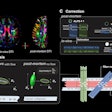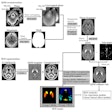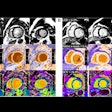Stroke patients with large total myelin volume (TMV) measured on synthetic MR imaging appear to have good functional outcomes on follow-up, according to a study published January 14 in Stroke.
The results suggest that there could be a new way to assess stroke patients for the stroke-related condition cerebral small vessel disease (which can include white matter lesions [WMLs], cerebral microbleeds [CMBs], lacunar infarcts, and enlarged perivascular space), wrote a team led by Megumi Toko, MD, PhD, of Hiroshima University in Japan.
"We quantified the myelin volume in patients with acute ischemic stroke using synthetic MRI and investigated correlations with white matter lesions and cerebral microbleeds, which are known markers of cerebral small vessel disease," the group noted. "Our results revealed significant associations between TMV and outcomes."
Synthetic MRI generates imaging via multiple-delay-multiple-echo sequences that generate a range of up to 10 different contrast images and quantitative maps (T1, T2, proton density, and myelin volume). The technique shortens scanning time and offers more cost-effective access to MRI data in contrast to conventional MRI, which requires procuring multiple contrast-weighted images separately.
Although previous studies have shown the usefulness of myelin measurement with synthetic MRI for assessing several diseases, investigations in patients with stroke are scarce, Toko and colleagues explained. To address the knowledge gap, the team explored the use of synthetic MRI to quantify myelin and predict outcomes in 101 acute ischemic stroke patients, all of whom had a modified Rankin Scale (mRS) score equal to or less than two before the stroke. (The scoring ranges from 0 to 6, with 0 equal to "no symptoms"; 1 equal to "no significant disability, able to do all usual activities"; and 2 equal to "slight disability; unable to carry out all prestroke activities but able to look after self without daily help.")
All patients underwent a 3-tesla MRI exam that acquired synthetic data in addition to data generated using a routine MRI protocol. The investigators measured TMV using synthetic MRI software. There was a median of seven days from stroke onset to MR imaging, and the team defined good stroke outcomes as an mRS score equal to or less than 2 at three-month follow-up.
The group reported the following key findings:
- Patients with larger TMV were younger, more frequently male, and had higher body mass indexes.
- The 66 patients with good outcomes had larger total myelin volumes than those without (144.85 mL vs. 126.62 mL, p<0.001).
- Total myelin volume quartiles were independently associated with good functional outcomes after adjusting for baseline clinical characteristics including initial stroke severity, acute brain infarct volume, and brain parenchymal volume (odds ratio, 2.54, with 1 as reference; p=0.025).
The takeaway? Quantifying total myelin volume using synthetic MRI could help clinicians more accurately predict the aftereffects of stroke, the researchers noted.
"Our results suggest that TMV is a stronger and more useful prognostic factor than conventional markers of cerebral small vessel disease," they concluded.
The complete study can be found here.


.fFmgij6Hin.png?auto=compress%2Cformat&fit=crop&h=100&q=70&w=100)

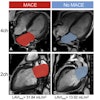
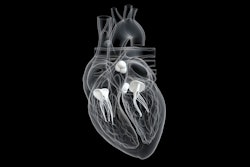
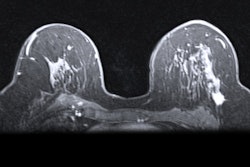

.fFmgij6Hin.png?auto=compress%2Cformat&fit=crop&h=167&q=70&w=250)


